The skeletal-muscular system
Our skeleton is made up of bones. These are living organs in our body that grow at the same rate as we grow. If they break, they can mend themselves. Some bones protect important organs in our body, such as our brain and our lungs. However, the most important function of our bones is to support our body and give it shape. Our bones also help us move, but it is our muscles that make the movements. [...]
Esta secuencia contiene:
-
10 actividades
-
68 recursos
-
Idioma:
- Inglés
-
Formato:
Interactivo
Secuencia didáctica
-
Didactic objectives Understand the functions of the human skeleton and recognise that it is made up of bones and cartilage. Identify the three types of joints. Understand the function of ligaments. [...]
-
1. The skeleton The skeleton is made up of bones, joints and cartilage. The skeleton supports our body and gives it shape. It also helps us to move and it protects our internal organs. Our bones are the hardest parts of our body. [...]
-
Our skeleton is made up of bones. These are living organs in our body that grow at the same rate as we grow. If they break, they can mend themselves. Some bones protect important organs in our body, such as our brain and our lungs. [...]
-
Our skeleton is made up of bones, joints and cartilage. The skeleton's main functions are: To support our body and give it shape. To help us to move, because our muscles are connected to our bones. [...]
-
Bones of the head The bones of the head form the skull. It has two parts: the cranium and the facial bones. The cranium The cranium is a closed cavity that protects one of the most delicate organs in our body: the brain. [...]
-
Arms Our arms are joined to our body by the two bones that form our shoulder: the clavicle and the scapula. The upper arm only has one bone, called the humerus. The forearm has two parallel bones, called the radius and the ulna. [...]
-
When we contract and relax our muscles, we cause parts of our body to move. Very strong cords called tendons connect our muscles to our bones. Facial muscles We use some of the muscles in our face to express our feelings. [...]
-
How do muscles move? We use muscles to produce movement, force or both things. This happens when our muscles contract (become shorter and thicker). Muscles are attached to bones by tendons. [...]
-
Our skeleton is made up of bones. These are living organs in our body that grow at the same rate as we grow. If they break, they can mend themselves. Some bones protect important organs in our body, such as our brain and our lungs. [...]
-
Our skeleton is made up of bones. These are living organs in our body that grow at the same rate as we grow. If they break, they can mend themselves. Some bones protect important organs in our body, such as our brain and our lungs. [...]
Cursos y asignaturas
-
Aún no hay comentarios, ¡comparte tu opinión! Inicia sesión o Únete a Tiching para poder comentar
La licencia digital es una autorización que permite utilizar un recurso digital de acuerdo con las condiciones legales de dicho recurso. El código que recibas una vez la hayas comprado te permitirá acceder al recurso educativo digital elegido.
Puedes consultar más información en nuestra página de ayuda.

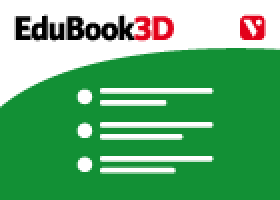

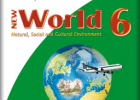
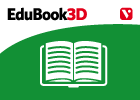
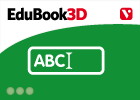
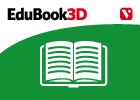
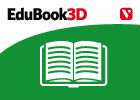
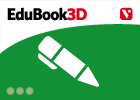


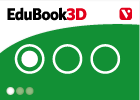

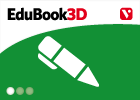
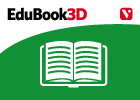
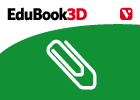
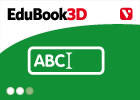

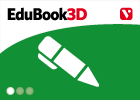
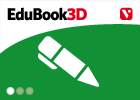

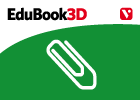

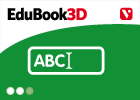
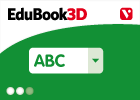
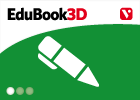

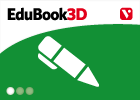
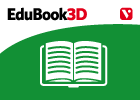
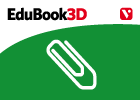
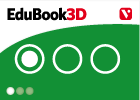

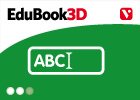
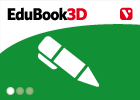
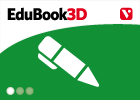
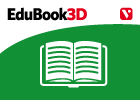


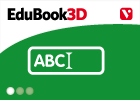

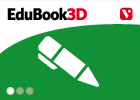
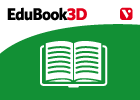
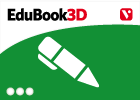
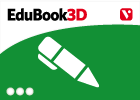
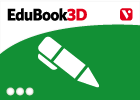
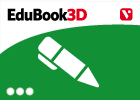

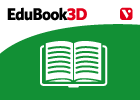
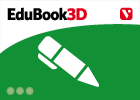


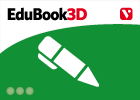
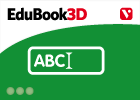
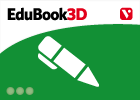
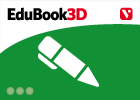

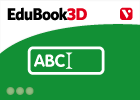
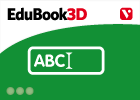



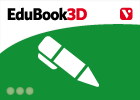
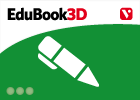

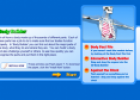
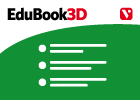


¿Dónde quieres compartirlo?
¿Quieres copiar el enlace?